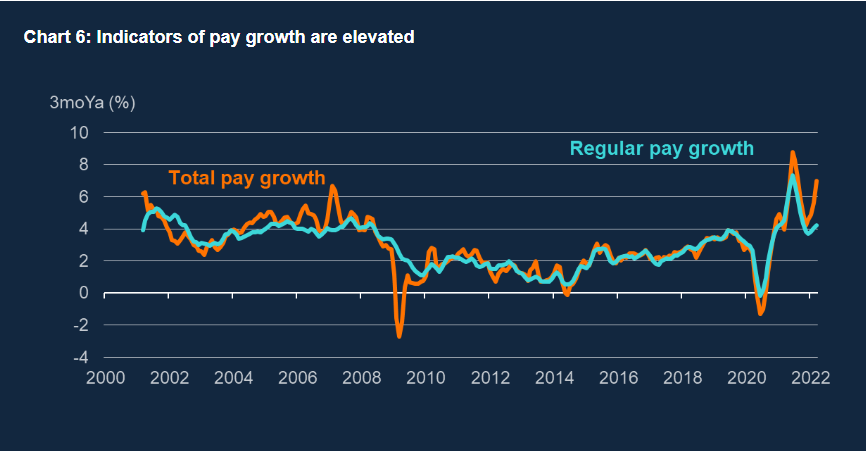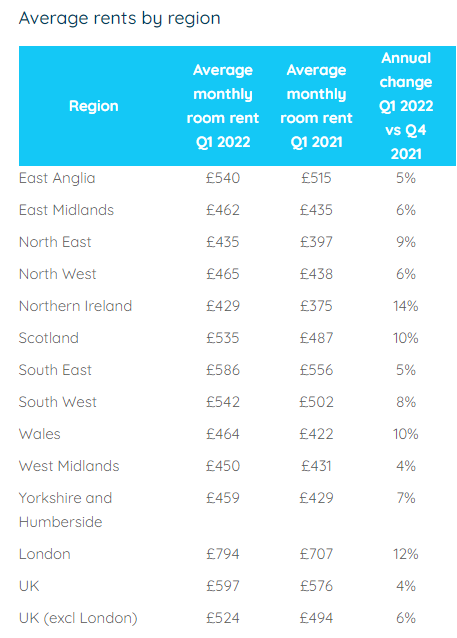Bank of England Interest Rate Stance and Outlook: An Explainer
- Written by: James Skinner
“That conditionality is ever present. But in current circumstances it is further complicated by the importance of the joint interaction among the assumptions underpinning the MPC forecast,” BoE chief economist Huw Pill, May 20.

© Bank of England
The Bank of England interest rate outlook is poorly understood within and around the markets, which is one reason why Pound Sterling has been the subject of increasingly bearish analyst commentary this week, although Pound Sterling Live doesn't have difficulty understanding BoE communications.
BoE policy has been neatly encapsulated by Governor Andrew Bailey who told the Peterson Institute for International Economics in April that “we are now walking a very fine line between tackling inflation and the output effects of the real income shock and the risk that that could create a recession.”
We just concluded our #MacroWeek2022 discussion with Bank of England Governor Andrew Bailey. He & @AdamPosen covered UK inflation & targeting regimes, financial sanctions & stability, crypto, & forays into central bank digital currencies.
— Peterson Institute (@PIIE) April 21, 2022
Watch it here: https://t.co/xGc1xfdgd8 pic.twitter.com/Ao6vkCELu6
The various nuances within, and complexities of this stance were later broken down in detail by the BoE’s chief economist Huw Pill in a May 20 speech before the Association of Chartered Certified Accountants (ACCA) Cymru Wales.
This might have gone unnoticed within and around the markets, however, because they have a long-established tendency of paying too little attention to the BoE’s communications, a tendency only just recently remarked upon by Deputy Governor Ben Broadbent in a speech about “reliable partners.”
 Source: Bank of England. Click image for closer inspection.
Source: Bank of England. Click image for closer inspection.
“Given the workings of the OfGEM price cap, the full impact of recent sharp increases in European wholesale gas prices will only be felt in most British household utility bills – and thus in UK consumer price inflation – in October. The inflationary impact of the war is therefore likely to be more drawn out in the UK than elsewhere,” Huw Pill said in last month’s speech.
This remark, in addition to the uncertainty about how UK wage and inflation expectations will respond to the drawn out increase in energy prices that is underway, is a big part of why the BoE will have to walk a “fine line” when judging what to do with Bank Rate in the months ahead.
“In its February forecast, the MPC embodied stronger wage growth in its baseline to reflect the likelihood that pay settlements would embody some catch-up for the higher than expected inflation outturns at the turn of the year. On the back of the Bank’s Agents’ reports from corporate contacts, further second round effects were included in the May projection,” Pill said.
But that’s not the only reason for the BoE to be cautious about the outlook for inflation, however, because on the economic demand side of the same equation, there is an equally drawn out process through which disinflationary effects of elevated energy costs will make themselves known.
 Source: Bank of England. Click image for closer inspection.
Source: Bank of England. Click image for closer inspection.
This is in part because many workers within the lower quartiles of the income distribution are not helped by HM Treasury’s recent assistance package announced, and so are facing the full force of the increased energy costs in addition to double-digit increases in other large expenses.
The largest of these is the cost of rental accommodation, which will often rise or fall only once per year, and the point at which this varies will inevitably be as spread out across the year for renters as it would be across this demographic.
"Rents are climbing across the country and are already reaching record highs in the majority of towns and cities," says Matt Hutchinson, director of SpareRoom, the UK’s largest marketplace for communal accommodation and a venue that is popular with amateur landlords.
"With a substantial proportion of flat sharers having bills included in their rents, this may just be the start. The effects of the price cap rising won’t have kicked in yet and, when the second phase comes into effect in the autumn, just as we’re heading into the colder months, we may well see more records broken," Hutchinson said in relation to SpareRoom's first quarter Rental Price Index.
 Source: Spareroom.co.uk. Click image for closer inspection.
Source: Spareroom.co.uk. Click image for closer inspection.
This means a slow and steady, but potentialy very significant, accumulating drag on demand in the year or more ahead, and one that could have second round implications for business sectors like retailing and hospitality.
Gauging the likely eventual impact of all the above outcomes will take as much time, if not more time, than it will before policymakers can reliably assume how commodity prices, energy costs, wages and inflation evolve.
“As members of the MPC have emphasised many times in the past, the outlook for monetary policy therefore cannot be read simply from the MPC’s published forecast. Rather it is conditional on how events evolve,” the BoE’s Huw Pill said.
“That conditionality is ever present. But in current circumstances it is further complicated by the importance of the joint interaction among the assumptions underpinning the MPC forecast. If we were to see commodity prices rise further, would this lead to stronger second round effects in domestic wage and price setting behaviour? Or would the real income squeeze implied by higher energy prices lead some of those that left the labour force during the pandemic to seek jobs, easing cost pressures stemming from the tightness in the labour market?"



